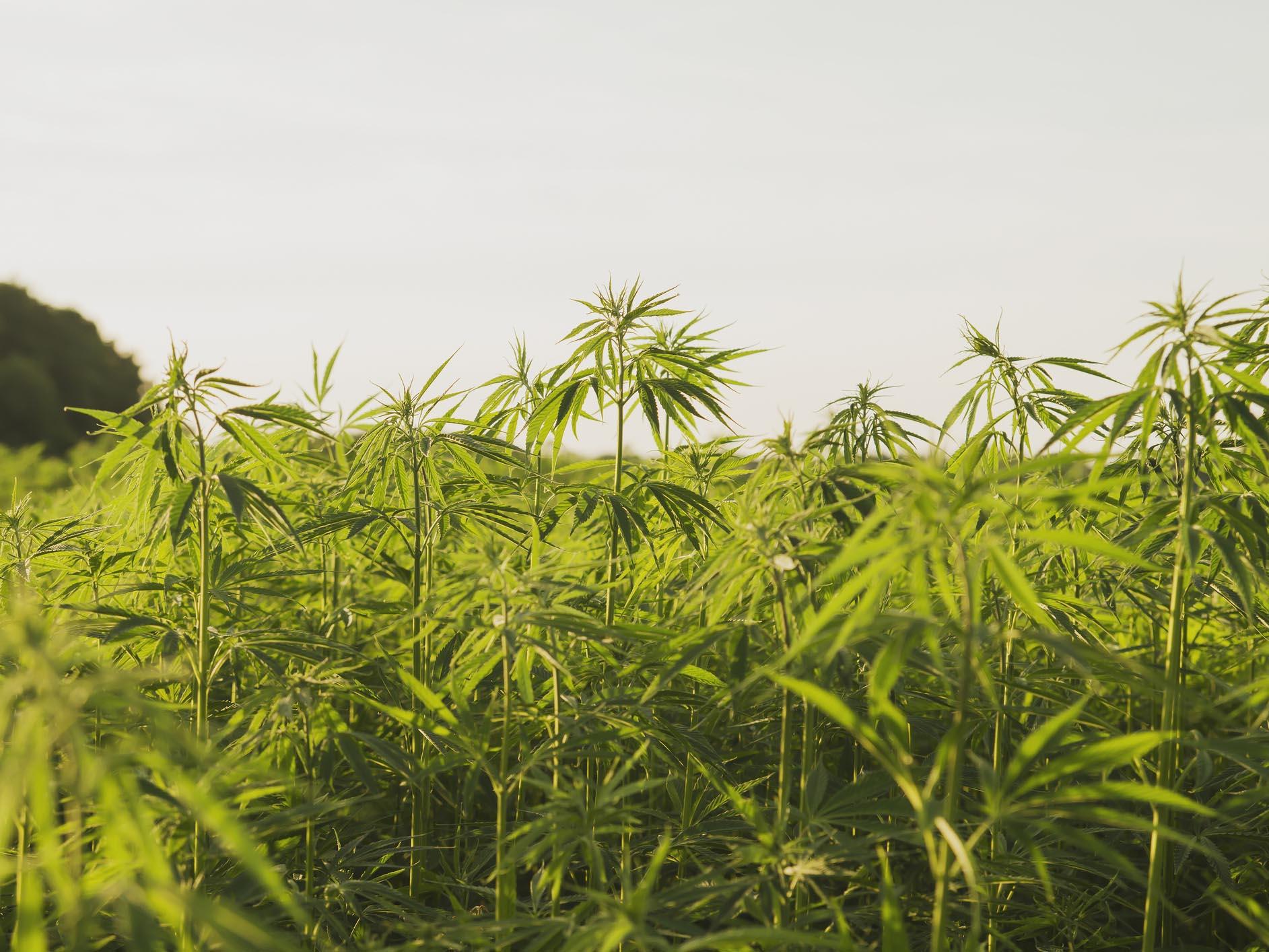The Independent's journalism is supported by our readers. When you purchase through links on our site, we may earn commission.
High grade cannabis chemicals produced using brewing yeast
'For the consumer, the benefits are high-quality, low-cost CBD and THC: you get exactly what you want from yeast'

Your support helps us to tell the story
From reproductive rights to climate change to Big Tech, The Independent is on the ground when the story is developing. Whether it's investigating the financials of Elon Musk's pro-Trump PAC or producing our latest documentary, 'The A Word', which shines a light on the American women fighting for reproductive rights, we know how important it is to parse out the facts from the messaging.
At such a critical moment in US history, we need reporters on the ground. Your donation allows us to keep sending journalists to speak to both sides of the story.
The Independent is trusted by Americans across the entire political spectrum. And unlike many other quality news outlets, we choose not to lock Americans out of our reporting and analysis with paywalls. We believe quality journalism should be available to everyone, paid for by those who can afford it.
Your support makes all the difference.Scientists have devised a new way to create mind-altering cannabis chemicals that is easier, cheaper and even greener than growing plants.
Colonies of brewer’s yeast were transformed into tiny factories churning out the psychoactive substance THC, as well other “cannabinoid” chemicals found in marijuana leaves.
But before weed aficionados switch to home brewing, they should note the tiny yeast cells had first been genetically modified using DNA extracted from the marijuana plants.
Cannabis has been cultivated as medicine for millennia, and its beneficial effects are now widely recognised for afflictions including severe forms of epilepsy and chemotherapy-induced nausea.
While the plant is still considered an illegal drug in most countries, there has been a gradual worldwide shift towards legalisation and approval of certain cannabis products as prescription medicines.
However, the mass production of these key ingredients is currently held back by relatively low levels of cannabinoids found in marijuana buds, and the cost of extraction.
By creating a lab-based alternative, the scientists behind the new research hope to slash costs for potential vital medicine and make it easier for those investigating the positive effects.
“For the consumer, the benefits are high-quality, low-cost CBD and THC: you get exactly what you want from yeast,” said Professor Jay Keasling, a chemical engineer at the University of California, Berkeley.
“It is a safer, more environmentally friendly way to produce cannabinoids.”
Growing legal cannabis accounts for up to 3 per cent of California’s electricity usage, and farms use an enormous quantity of water while also polluting nearby streams with pesticides and fertilisers.
However, using the “green” technique devised by Professor Keasling and his colleagues, much of the ecological impact of cannabis production would be wiped out.
The scientists achieved this by essentially hijacking the yeast’s internal chemical processes, inserting over a dozen genes into the cells.
Instead of turning sugar into alcohol as in conventional brewing, the resulting yeast converted sugar into chemicals that were then further modified by enzymes to produce the desired products.
Though the main outputs were THC and the non-psychoactive CBD, the scientists hope to use the same process to create new cannabinoids not found in the plants themselves, which may have unappreciated medicinal value.
They said their technique, outlined in a paper published in the journal Nature, would allow for the creation of pure substances uncontaminated by other chemicals.
Having already used similar methods to produce antimalarial drugs and chemicals for the food and cosmetics industries, the team now hope to expand into the world of synthetic cannabis chemicals.
“The cost is competitive or better than that for the plant-derived cannabinoids,” said Professor Keasling.
Join our commenting forum
Join thought-provoking conversations, follow other Independent readers and see their replies
Comments